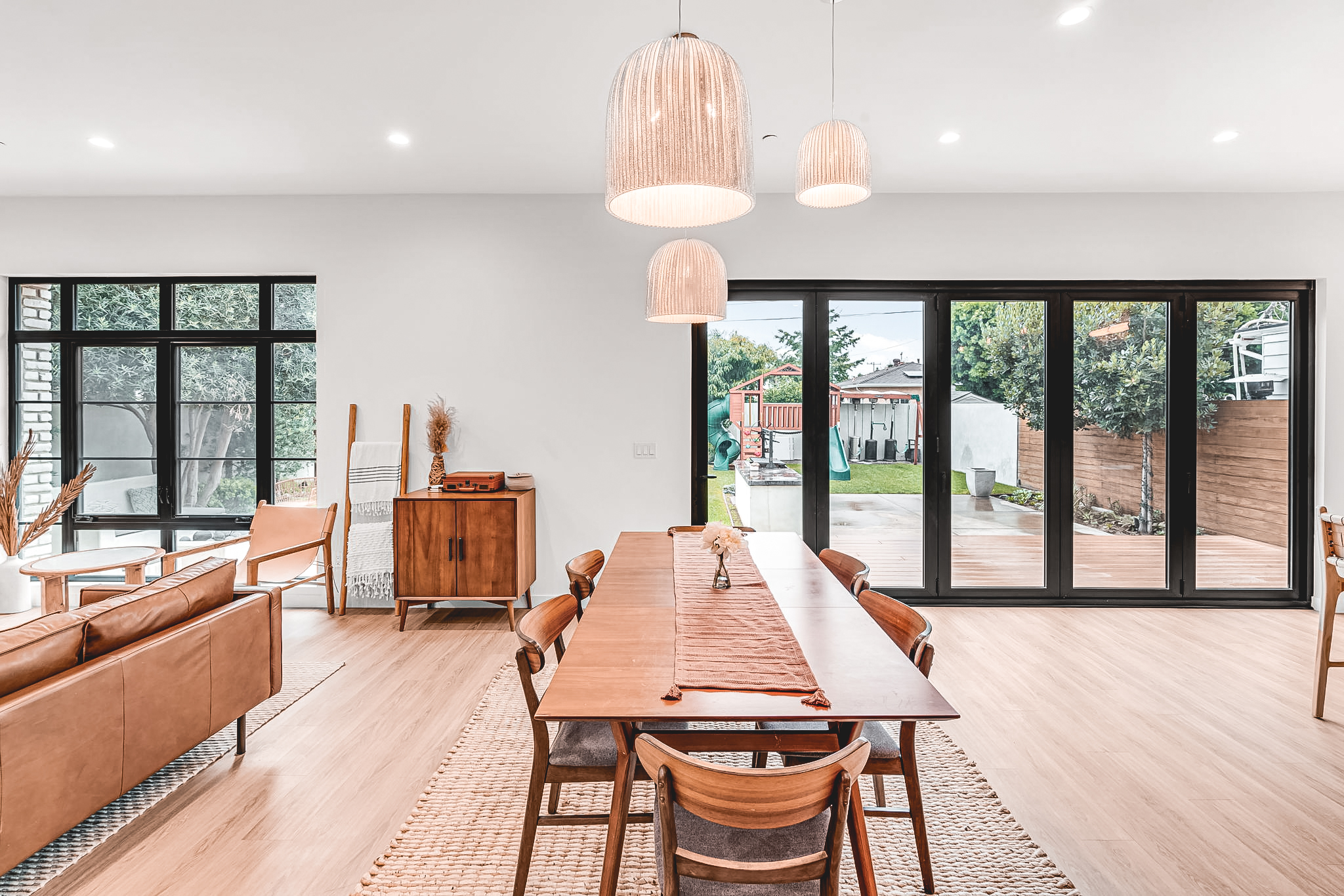In an era marked by rising housing costs and a growing demand for affordable living spaces, Accessory Dwelling Units (ADUs) have emerged as a promising solution to address the affordable housing crisis. These small, self-contained living units, often situated in the backyard of existing homes, have gained traction as an innovative approach to providing affordable housing options. In this article, we’ll explore the role of ADUs in the context of affordable housing, backed by compelling statistics and a deep understanding of their potential impact.
The Affordable Housing Dilemma
Before delving into the world of ADUs, it’s crucial to understand the gravity of the affordable housing dilemma. In many urban areas, housing costs have skyrocketed, making it increasingly challenging for individuals and families to find affordable homes. High demand, coupled with limited housing supply, has created a crisis that affects communities across the globe.
Statistics: According to the National Low Income Housing Coalition, in the United States, a full-time worker earning the federal minimum wage cannot afford a two-bedroom rental apartment in any state without being cost-burdened (spending more than 30% of their income on housing).
The Promise of ADUs in Affordable Housing
- Increased Housing Stock: ADUs have the potential to significantly increase the housing stock within existing neighborhoods. By utilizing underutilized spaces in residential areas, ADUs can provide much-needed housing units without the need for extensive new construction.
- Affordable Rental Options: ADUs often serve as affordable rental units, allowing homeowners to generate additional income while offering tenants a cost-effective housing option. This arrangement can be mutually beneficial, especially in areas with high rental demand.
Statistics: A study by AARP and the Urban Land Institute found that 33% of ADU owners rented their units to family members, and 57% rented them to non-family members, indicating the potential for ADUs to serve as affordable rentals.
- Multigenerational Living: ADUs promote multigenerational living arrangements, where multiple generations of a family can reside on the same property while maintaining a degree of independence. This reduces the financial burden on individuals and fosters stronger family bonds.
- Reduced Commute Times: By offering affordable housing options closer to job centers and urban areas, ADUs can reduce commute times and expenses for individuals who would otherwise have to live in distant, less expensive suburbs.
- Sustainable Design: Many ADUs incorporate sustainable design principles, including energy-efficient features and eco-friendly materials. This not only lowers utility costs for tenants but also contributes to environmental sustainability.
Challenges and Opportunities
While ADUs hold great promise in addressing affordable housing needs, there are challenges to consider. These include zoning regulations, financing, and ensuring that ADUs are accessible to low-income individuals. However, numerous cities and communities are actively working to streamline regulations and offer incentives to encourage ADU construction as part of their affordable housing strategies.
ADUs represent a beacon of hope in the quest for affordable housing solutions. Their ability to increase housing stock, provide affordable rental options, foster multigenerational living, and reduce commute times makes them a promising addition to the affordable housing toolkit.


